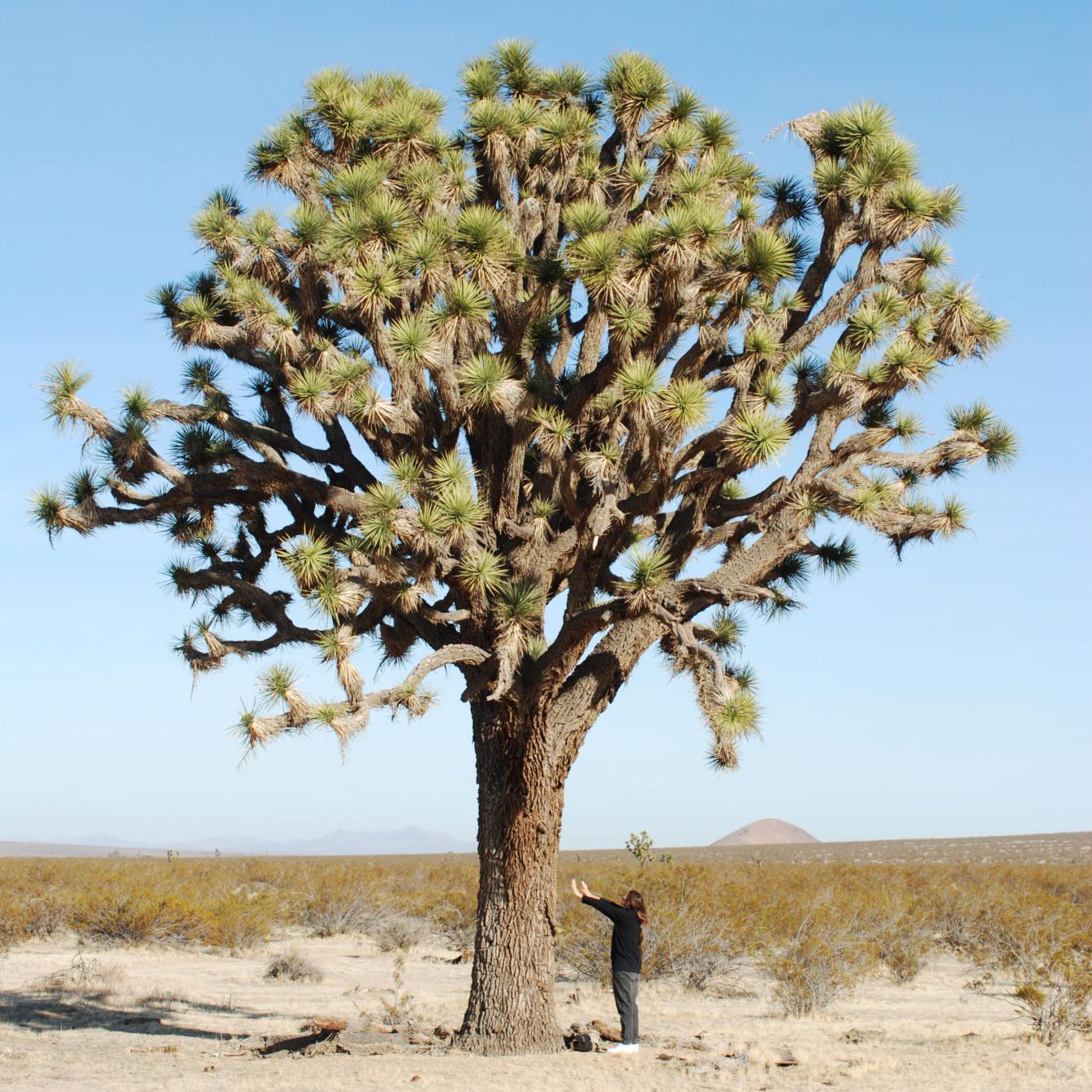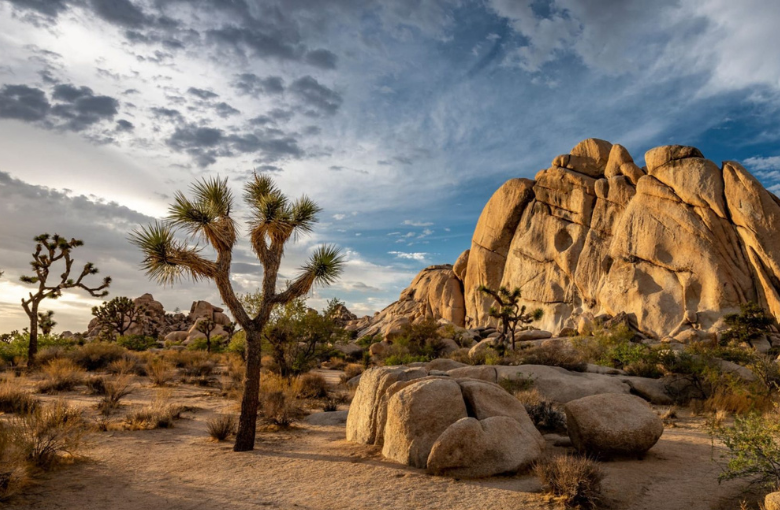
Joshua Tree National Park is located in southeastern California, approximately 140 miles east of Los Angeles and about 30 miles northeast of Palm Springs. It straddles the transition zone between the Mojave Desert and the Colorado Desert.


Joshua Tree National Park was designated as a national monument in 1936 by President Franklin D. Roosevelt. It was later redesignated as a national park in 1994 through the California Desert Protection Act


Joshua Tree National Park was not "invented" by a single individual. The park's unique landscape and Joshua trees have existed for thousands of years. However, its establishment as a national monument and later as a national park was a result of conservation efforts and legislation by various individuals, organizations, and government entities over the years. The designation aimed to protect and preserve the area's natural and cultural resources for future generations to enjoy.


Joshua Tree National Park is named after the Joshua tree (Yucca brevifolia), a distinctive and iconic plant species found in the park. The Joshua tree is a large, tree-like yucca plant native to the southwestern United States, particularly the Mojave Desert. Early Mormon settlers are said to have named the tree after the biblical figure Joshua, as the tree's upward-reaching branches reminded them of Joshua raising his arms in prayer. The unique and otherworldly appearance of the Joshua trees contributes to the park's unique landscape and allure, making it a popular destination for visitors and outdoor enthusiasts.




Joshua Tree National Park is a popular destination for hiking enthusiasts for several reasons:
Diverse Terrain: The park offers a diverse range of terrains, from rugged rock formations and desert landscapes to oases with palm trees and seasonal water sources. This variety provides hikers with a range of hiking experiences, from challenging climbs to leisurely strolls.
Scenic Beauty: The park's unique and stunning landscapes, characterized by its Joshua trees, rock formations, and expansive desert vistas, offer breathtaking views that make hiking a visually rewarding experience.
Trails: Joshua Tree National Park features a network of well-maintained hiking trails catering to different skill levels and interests. Whether you're looking for a short nature walk or a more strenuous hike to a summit, there's a trail for you.
Wildlife Viewing: The park is home to a variety of wildlife, including desert tortoises, bighorn sheep, and a diverse array of bird species. Hiking provides opportunities to encounter and observe these fascinating creatures in their natural habitat.
Stargazing: Joshua Tree National Park is renowned for its dark night skies, making it an excellent destination for stargazing. Many hiking trails offer ideal vantage points for observing the night sky, including celestial bodies, constellations, and meteor showers.
Overall, Joshua Tree National Park offers hiking lovers a unique and immersive outdoor experience, combining natural beauty, diverse landscapes, and opportunities for exploration and adventure.






While Joshua Tree National Park is indeed a fantastic hiking destination, the best time for hiking can vary depending on personal preferences and weather conditions.
Here are some considerations for hiking in Joshua Tree throughout the year:
Spring (March to May): Spring is a popular time for hiking in Joshua Tree. The weather is generally mild with comfortable temperatures, making it ideal for outdoor activities. Spring also brings beautiful wildflowers blooming across the desert landscape, adding vibrant colors to your hiking experience.
Fall (September to November): Fall offers similar advantages to spring, with mild temperatures and pleasant weather for hiking. The park is less crowded compared to the peak summer months, providing a more peaceful and enjoyable hiking experience.
Winter (December to February): Winter can be a great time for hiking in Joshua Tree, especially during the daytime when temperatures are cooler. However, nighttime temperatures can drop significantly, so hikers should be prepared for cold conditions and potential frost. Winter also offers clearer skies, making it an excellent time for stargazing.
Summer (June to August): Summer in Joshua Tree can be extremely hot, with daytime temperatures often exceeding 100┬░F (38┬░C). Hiking during the summer months can be challenging and potentially dangerous due to the high temperatures and intense sun exposure. If you plan to hike in the summer, it's essential to start early in the morning, stay hydrated, and take frequent breaks in the shade.
Regardless of the season, it's crucial to be prepared when hiking in Joshua Tree National Park. Always carry plenty of water, wear sunscreen and appropriate clothing, and be aware of the potential for extreme temperatures and sudden weather changes. Checking the weather forecast and trail conditions before your hike can help you plan accordingly and ensure a safe and enjoyable outdoor adventure.
1 comment
Hikehican
nice